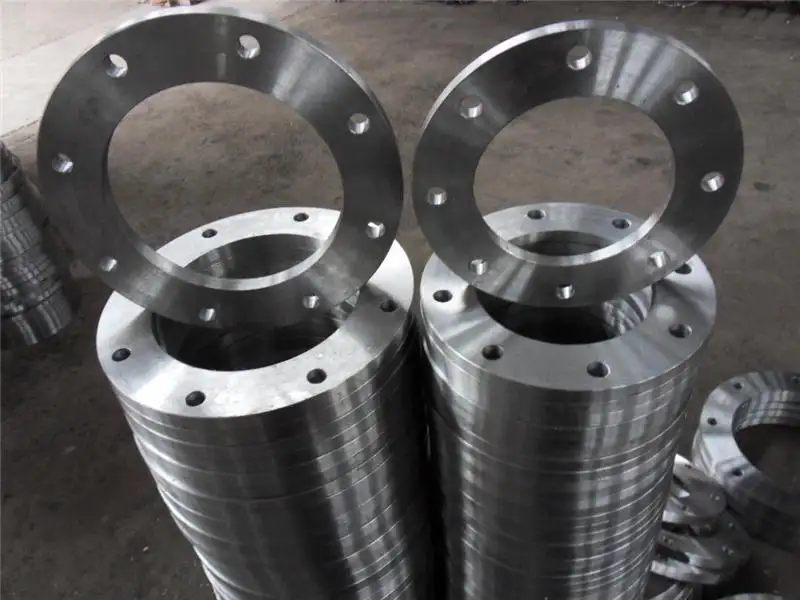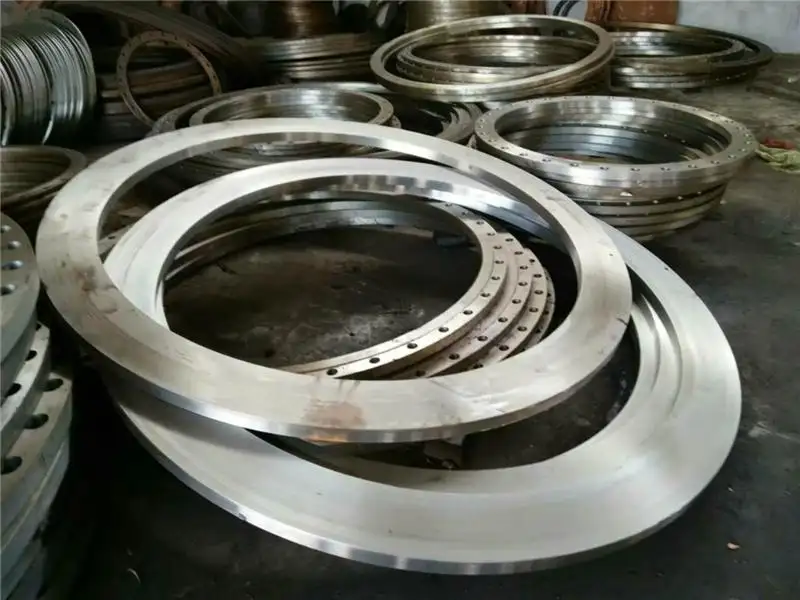


Metal hardness is a characteristic of metals, which describes the degree of resistance of materials to local plastic deformation.
It is easy to think that all metals are hard, but there are also some strange metals, such as mercury — which is liquid at room temperature, and even has no hardness value — and sodium metal, which you can cut with a kitchen knife.
There are several different scales and systems to measure metal hardness. In this article, we will make an overall introduction to these measurement systems.
Rockwell hardness method compares two indentations on the material. One is done under a small load, and the other is done under a large load.
A unique feature of Rockwell hardness tester is that it has a linear relationship with the tensile strength of materials; Rockwell hardness tester is generally used for hard materials.
Metal hardness (Rockwell)
Sodium-
Lead 5
Tin-
Aluminum 20 – 25
Copper 10
Bronze 42
Brass 55
Iron 86
Steel 60
Cobalt 70
Titanium 80
Tungsten 66
Tungsten carbide 75
Brinell hardness tester is a widely accepted method to measure the hardness of materials. It includes pressing a steel ball (or tungsten carbide of hard material) into the test piece with a constant known force. The softer the material, the deeper the steel ball will wear, and vice versa.
The next step is to measure the diameter of the indentation and then calculate, usually in megapascals, to determine the Brinell hardness level.
Typical Brinell hardness values of several commonly used materials and metals are as follows.
Material hardness (Brinell)
Sodium 0.69
Lead 5.0
Tin 62
Aluminum 15
Copper 35
Bronze
Brass
Iron 200-1180
Steel 120
Cobalt 1265
Titanium 716-2700
Tungsten 2000-4000
Diamond 8000

Vickers hardness tester uses pyramid shaped diamonds based on square to mark the material. Then measure the impression; The size of the impression determines the extent to which it is pushed into the material. Then a formula is applied to determine the hardness of the material.
One advantage here is that the width of a square impression is easier to measure than a circle. This means that you can use the same formula (regardless of the size of the indenter) and the same indenter to measure all material types, which is different from many other methods.
Metal hardness (Vickers)
Sodium
Lead
Tin
Aluminum 160-350
Copper 343-369
Bronze 250
Brass
Iron 608
Steel
Cobalt 1043
Titanium 830-3420
Tungsten 3430-4600
Tungsten carbide 2600
Hardness is not an inherent material property.
What does this mean? Unlike the melting point, it can change from one material sample to another. This is especially true for metals like iron, which can appear in many different forms.
Therefore, for the same material, different methods will produce different results. It is not uncommon to see differences in metal hardness values on the Internet; Under these different tests, many metal hardness values are not always published or even unavailable.
We should note that there are some conversion tables that can be used to convert between one hardness scale method and another.
Other outstanding hardness tests not specifically described here include Knoop hardness and shore hardness scales.

For Further Details,Please Feel Free To Contact Us: